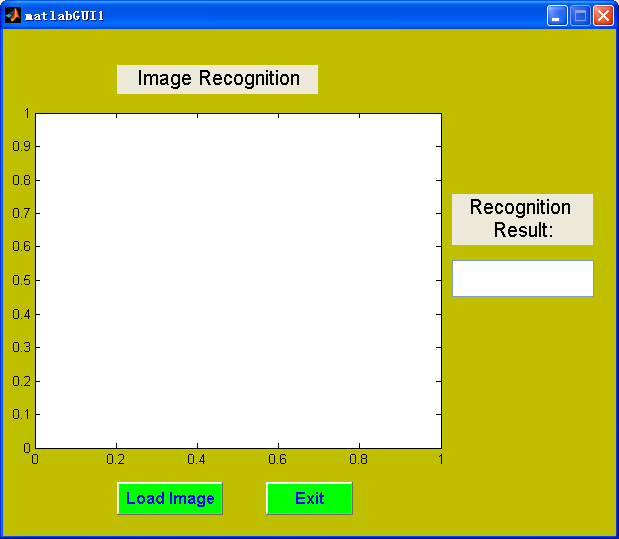
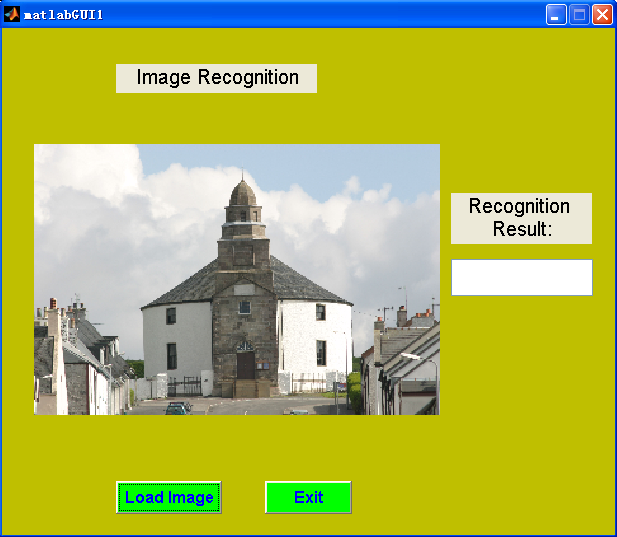
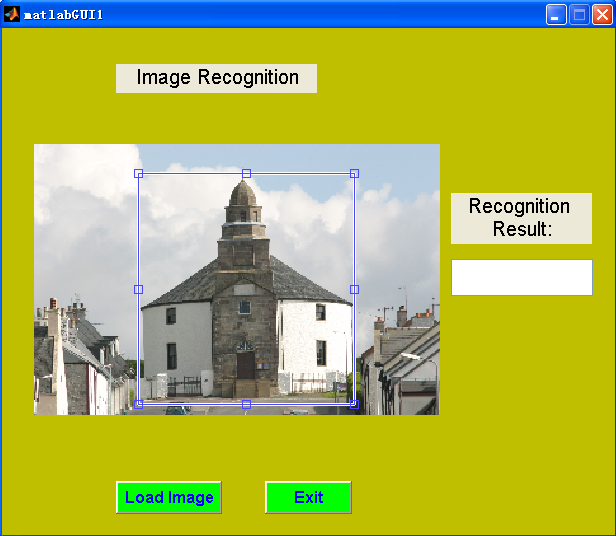
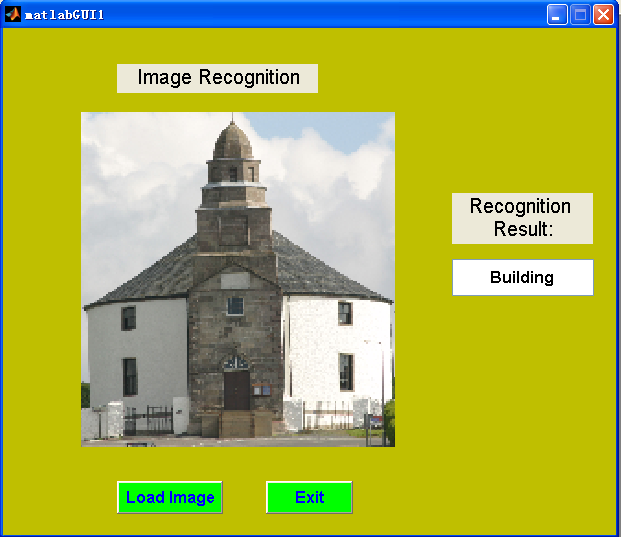
Multi-class Object Categorization in Images
CS 34/134 Project Milestone:
Lu He, Tuobin Wang
May 11, 2009
Accomplishments that have been achieved so far:
1.GUI Design:
We accomplished a simple GUI of our project (fig1), in which user can load an image from his/her local computer (fig2) and select a region (fig3), then our final project can show the recognition result in the right textfielg (fig4) automatically(To be done).
 |
 |
| Fig1: Simple GUI | Fig2: Load an image |
 |
 |
| Fig3: Select a region | Fig4: Image recognition |
2.
Preprocessing of training images:
In our
project, each training image is changed to CIE L, a, b color model, and
then is
convolved with 17 filter-banks to generate features. The filter-banks
are made
of 3 Gaussians, 4 Laplacian of Gaussians (LoG) and 4 first order
derivatives of
Gaussians. While the three Gaussian kernels are applied to each CIE L,
a, b
channel,each with three different value σ = 1,2,4, the four LoGs
are applied to
the L channel only,each with four different value σ =
1,2,4,8, and the
four derivative of Gaussians kernels were divided into two x- and y-
aligned
set, each with two different value σ = 2,4. Then, we get each
pixel in the
image associated with 17-dimensional feature vector.
3. K-mean
cluster:
After all
training images are preprocessed, the whole set of feature vectors for
all the
training images are then clustered by the unsupervised K-mean algorithm
with a
large initial value K (in the order of thousands) and by calculating
Mahalanobis
distance between features during clustering. Hence, after doing k-mean
on all
the training images, we get k clusters finally.
4. Universal
visual dictionary(UVD):
After clustering, we calculate the covariance for each cluster, then the set of these K clusters and the associate covariances constitute the initial UVD.
5. Building
histograms
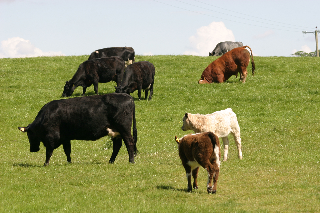 |
|
|
| Original Image | Ground Truth |
In the above
figures, the left one is an original image from the training dataset
and the
right one is the ground truth correspondingly. As you may notice, the
ground
truth figure has been separated manually into five regions and all
marked with
one of three colors (representing three objects).
After we
create the initial UVD, we build histograms over this UVD for
every training region which has been marked in the ground truth.
Things to be done:
Since the size of the initial UVD K is very large, our goal is to use a mapping to merge bins in the initial UVD to generate the final UVD with size T (T<<K), we decide to use the model and the algorithm proposed in [1], which makes our mapping results both compact and discriminative.

Our model is
to maximize the posterior probability of ground truth labels given all
the
histograms P(c|{H})
by using Bayes rules(1). The term in the
denominator acts to penalize the mappings which reduce discriminative
and the
numerator favors mappings which lead to intra-class compactness. From
(1), the
key is to compute the conditional probability of all the histograms
given the
ground truth labels,P({ H}|c). The assumption to our
model is
that we model the histogram for each class using a Gaussian
distribution and we
apply the variance stabilizing transformation of a multinomial to make
the
variance constant rather than linearly dependent on the mean. For each
class,
we define a prior. Then multiply them up to compute P({H}|c).
Our algorithm is to iteratively merge a pair of textons in UVD that most improves the value P(c|{H}), if we cannot find this pair, then stop and we get the final UVD.
For the timeline we submitted in our proposal, we think our project is
on
track. In our schedule, we need to program in another one week and then
finish
coding.
Reference:
[1]. John Winn, Antonio Criminisi, Thomas Minka, Object
Categorization by Learned Universal Visual Dictionary, in
Proc. IEEE
Intl. Conf. on Computer Vision (ICCV)., Jan. 2005